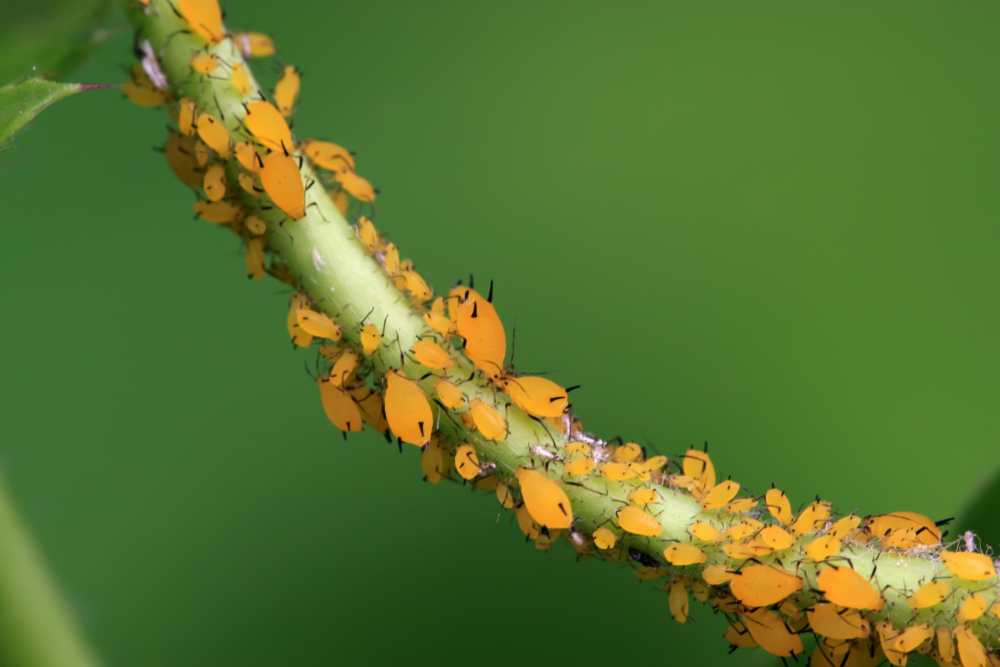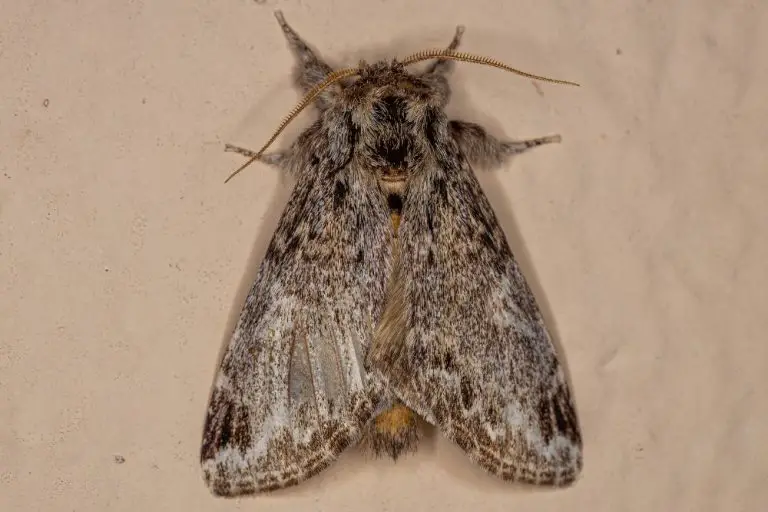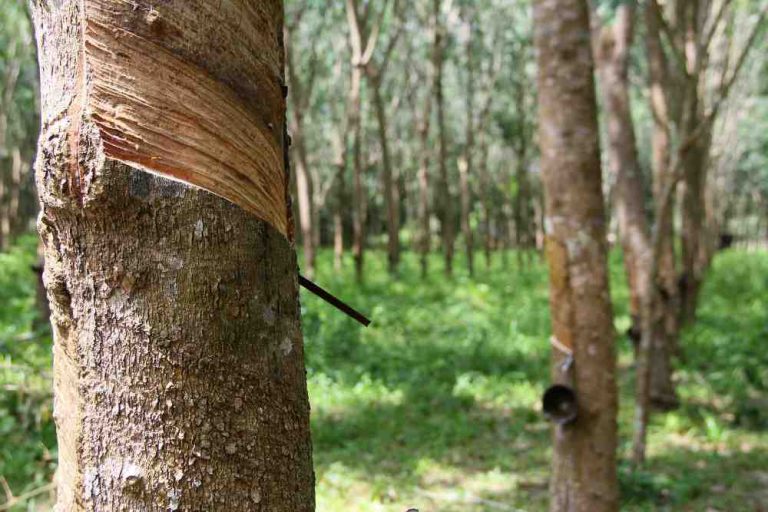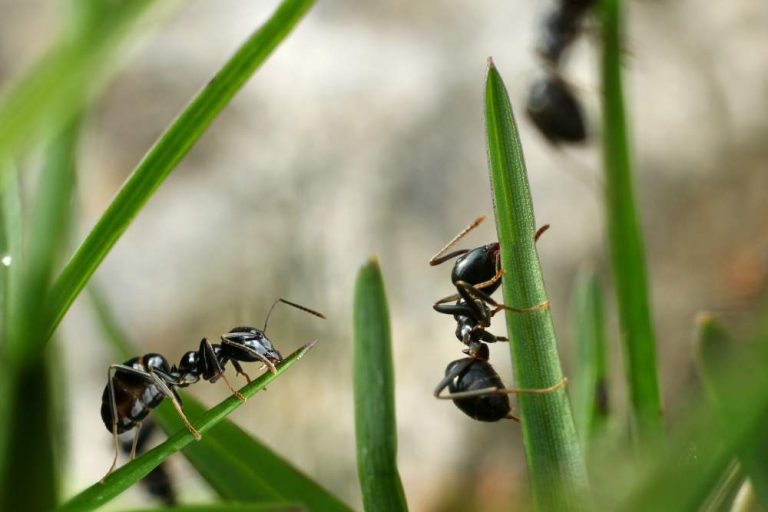7 Best way to get rid of Aphids on Indoor Plants
Growing plants indoors may be fun and rewarding all year, but you must watch for pests even indoors. If your indoor plants have aphids, you need to get rid of them and protect against future infestations. From this post, you will be able to find the best way to get rid of aphids on indoor plants.
What Are Aphids?
Aphids are tiny, soft-bodied insects that thrive by sucking liquids rich in plant nutrients. They can seriously weaken plants, causing damage to the fruit, flowers, and leaves. It’s a good idea to eliminate the aphid populations before the female aphids start reproducing in big numbers because they are frequent pests that multiply quickly.
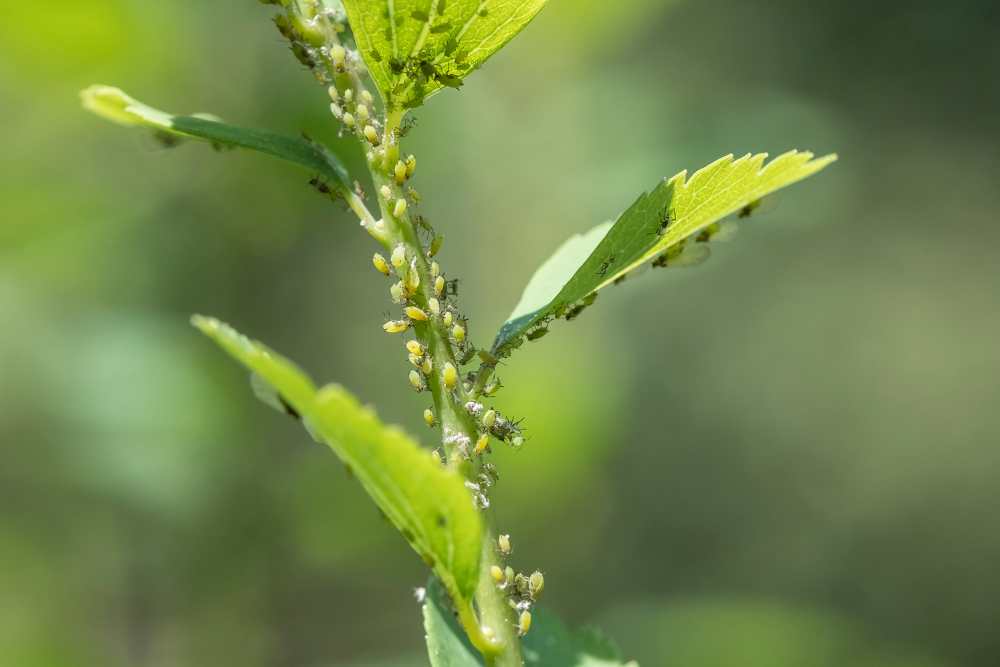
What Causes Aphids On Indoor Plants?
Aphids are typical garden pests, but they can enter your home through a variety of openings. The most typical methods for aphids to enter your home are:
- Using windows
- When newly picked garden produce or flowers are taken inside
- Bring home a fresh houseplant with aphids on it.
- Young shoots and leaves are prime examples of fresh development that attracts aphids. Aphids will immediately target unopened flower buds if you have plants that bloom.
- Ants that feed on the honeydew produced by aphids when they devour a plant.
A speedy cure is necessary if you find aphids on your plants because they are known to swiftly leave their “host” plant and start flying or crawling to other alluring indoor plants in your home.
Best Way To Get Rid Of Aphids On Indoor Plants Natural
Aphids multiply quickly, so you should act as soon as possible. Fortunately, a few easy methods exist to eliminate aphids permanently.
1. Water
You can move a smaller indoor plant outside or to the kitchen sink if you see aphids on it. Spray the aphids away from your plant with your garden hose or the faucet. Make sure to wash away any honeydew the aphids may have left behind after you’ve removed all of them. If the aphids have already harmed your plant, further care may be needed to revive it.
You can soak the entire plant in water to get rid of the aphids if the plant has delicate leaves that won’t withstand spraying. Turn the plant over and submerge the foliage in a bucket of sanitized water at room temperature.
2. Use Neem Oil
Since neem oil is made from the neem tree, it is completely organic. Utilize as directed on the label. The ability of insects to feed is impacted by neem oil, which also serves as an insect repellant. According to the Environmental Protection Agency, neem can be used safely on ornamental plants, food plants, and vegetables.
3. Insecticidal Soap
Fatty acid salts included in insecticidal soaps break down the cell walls of soft-bodied insects, causing a speedy demise without causing any damage to your plants. Due to this, you will need to frequently spray your plants with pesticides until all of the pests have disappeared.
Making your own insecticidal soap by combining a teaspoon of dish soap with a quart of water is also an option. Give your plant a light spraying every two to three days, making sure to reach the undersides of the leaves.
You can buy insecticidal soaps like Safer Insecticidal Soap or Ivory Liquid dish detergent with water. Look for a product without fragrances or other ingredients that might harm plants.
4. Sticky Traps
A few sticky traps, like these Garsum Yellow Sticky Traps, can be placed in your plants to capture any aphids that may have settled in your house. Even though aphids prefer to walk than fly, they won’t be able to escape if they step into these bright yellow traps. Additionally, if you have fungus gnats hiding around as well, these traps are an excellent way to get rid of them.
5. Chemical Insecticides
A chemical insecticide can be necessary to deal with a severe infestation. Look for an insecticide spray with pyrethrin as its main ingredient. Pyrethrin is an insecticide generated from plants that are not hazardous to people and animals.
This pyrethrin garden insect spray kills aphids by concentrating on their neurological systems. Follow the package instructions: combine this insecticide with water in a spray container. This method effectively eliminates aphids, but not everyone wants to use chemical insecticides in their home.
6. Handmade Aphid Trap – Banana Peel, Vinegar, Water, And Sugar
A handmade aphid trap can be the best option if spraying water on aphids is insufficient. In a cup or other empty container, combine one cup each of vinegar, water, and sugar. Place the combination near or inside your infected plant for up to a week to draw in and drown the aphids. Chop up some banana peel into small pieces and mix it into the mixture. Once the aphids have disappeared, replace the mix every week.
7. Homemade Aphid Sprayer For Indoor Plants
I) Garlic Cloves + Vegetable Oil + Detergent
You don’t have to give up your preferences for what is easily accessible because there are several natural solutions to get rid of aphids. Like most other organisms, bugs use their sense of smell to locate food. Garlic cloves emit a strong odor that most insects find repulsive, making them an excellent insect repellent to keep pests away from indoor plants and out of residences.
- Several garlic cloves
- 4 teaspoons of vegetable oil
- 1 pint of water
- 1 teaspoon of detergent
- Bottle of spray
Cloves that have been minced are added to a spray bottle along with warm water, vegetable oil, and dish soap. Shake everything together thoroughly. The solution should be sprayed all over the plant, including the leaf undersides. The method is safer than applying commercial pesticides like pyrethrins because the components are all-natural and have no impact on the plant itself.
II) Onion + Garlic Bulb + Cayenne Pepper
Make a batch of the paste by blending or processing one small onion, one garlic bulb, and one teaspoon of cayenne pepper in a food processor. Stir together with 1 quart of water, then soak for an hour. 1 tablespoon of liquid dish soap is added after straining through a cheesecloth. Mix thoroughly. The combination can be kept in the refrigerator for up to a week.
III) Baking Soda + Canola Oil
Baking soda and canola oil are fantastic home treatments for aphids. Insects covered with oil have their exoskeletons damaged, making them more vulnerable to poisons. Baking soda’s abrasive nature also removes the bug’s outer shell, making it easier to remove from plants.
- One gallon of water
- 1-tablespoon baking soda
- 2 tablespoons of canola oil
- Bottle of spray
The ingredients for this recipe should be mixed and applied to the plant’s surface using a big spray bottle. This method performs very effectively on indoor plants with little exposure to other insects. To avoid injuring beneficial insects in the garden, only use this on indoor shrubs or during the dormant season for pests outdoors.
- 29 Bucket Gardening Ideas for a Lush, Compact Garden - October 30, 2024
- 20+ Chic Boho Bedroom Ideas for a Cozy and Stylish Retreat - June 20, 2024
- 12+ Modern Boho Living Room Ideas to Create a Unique Oasis - June 10, 2024

